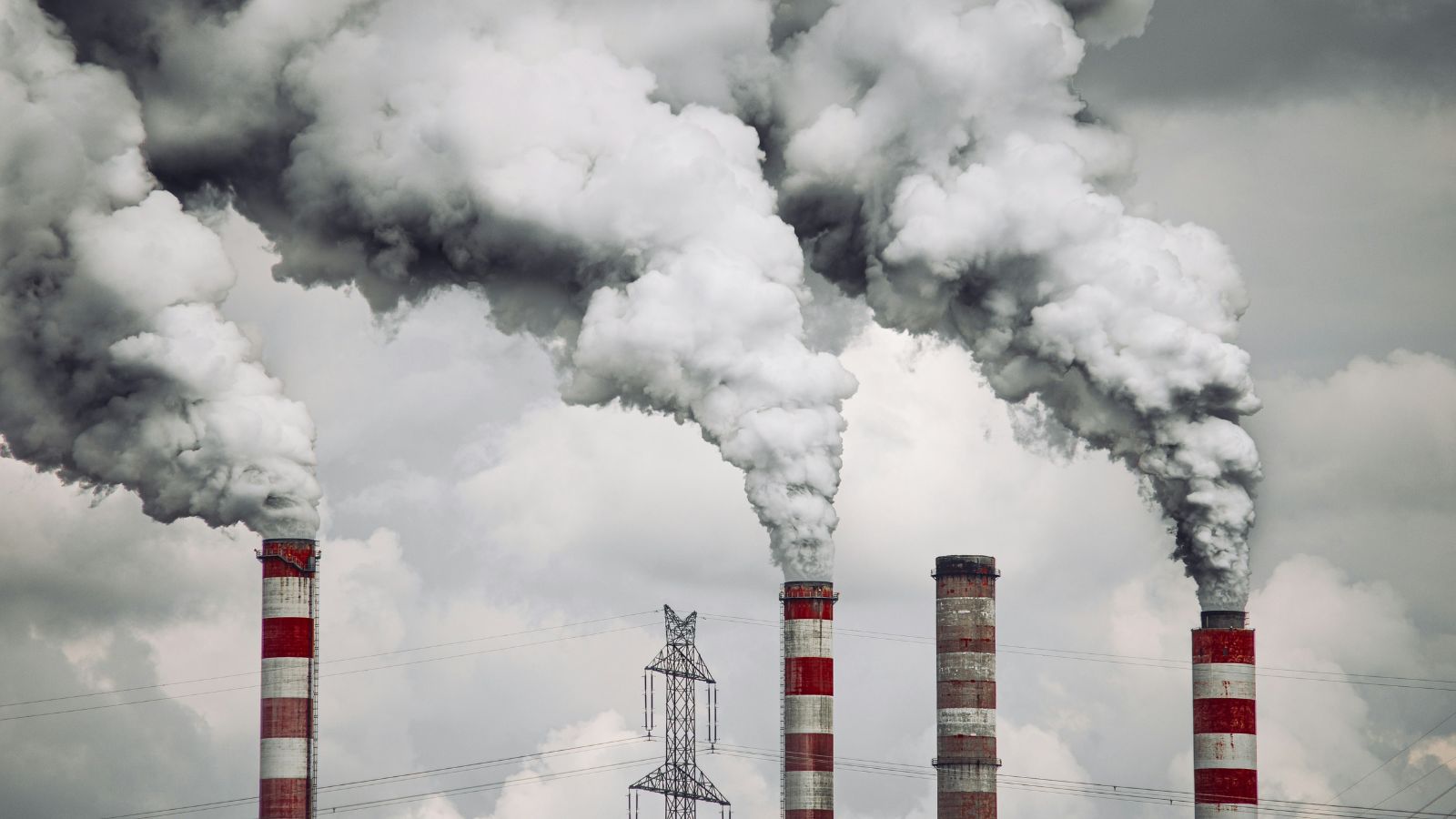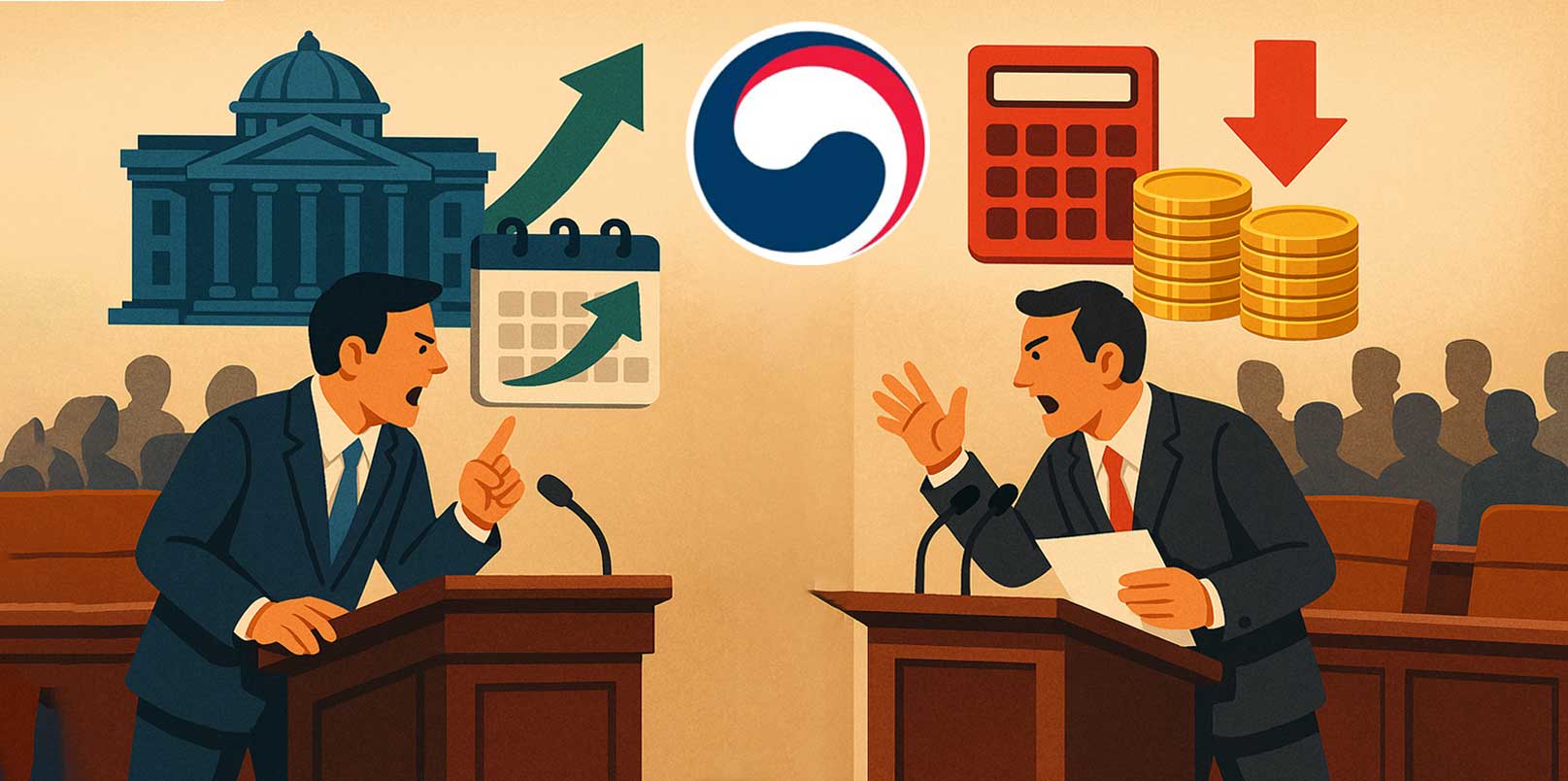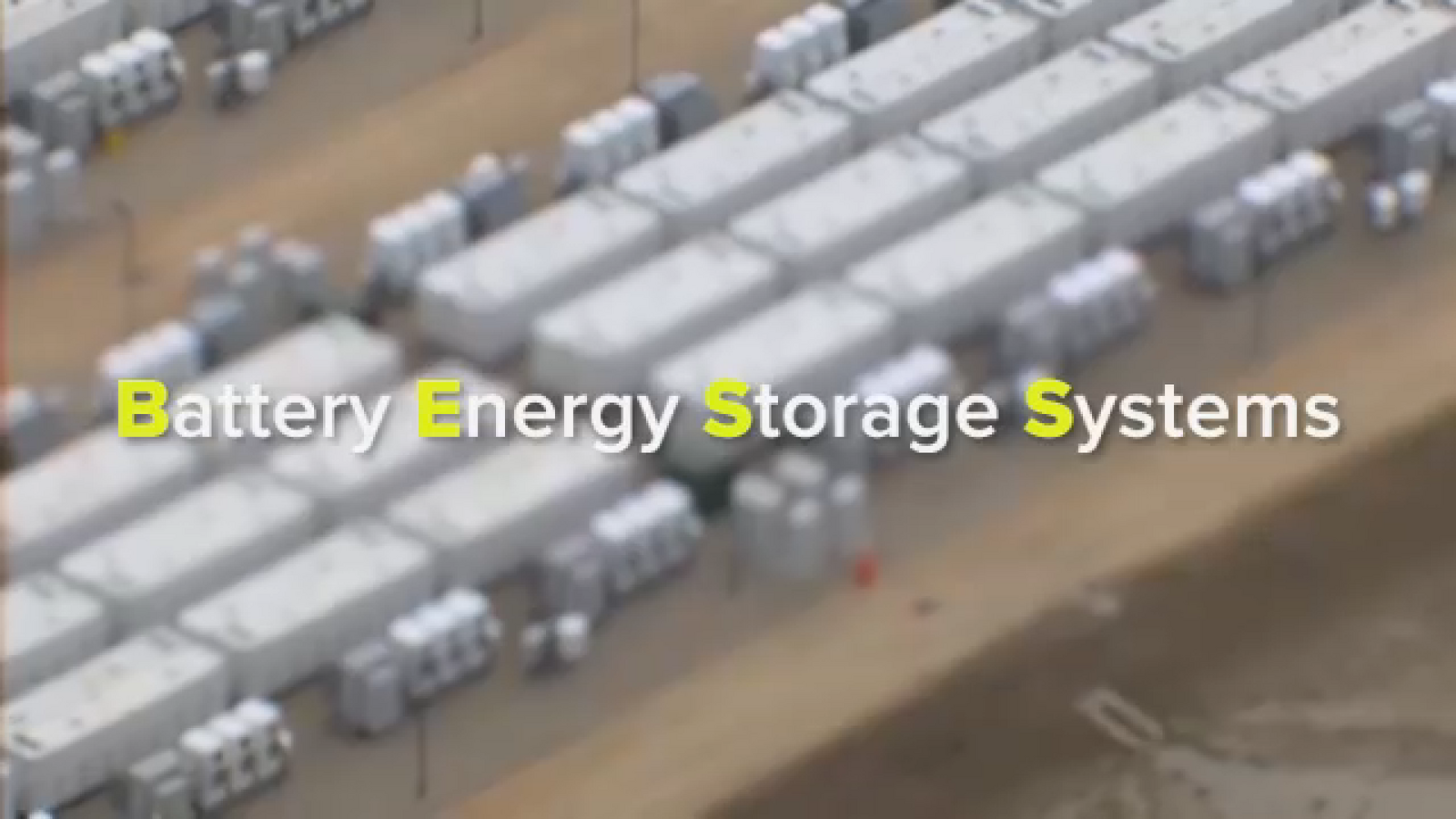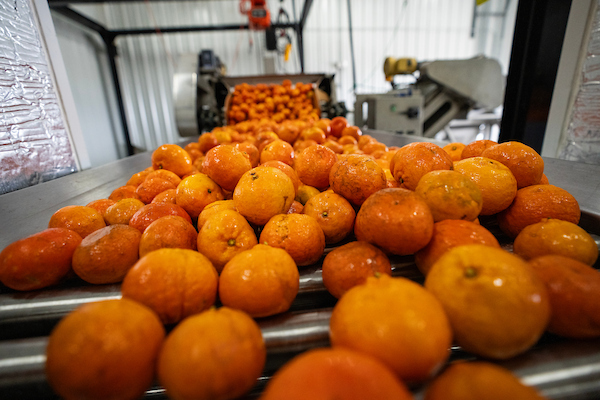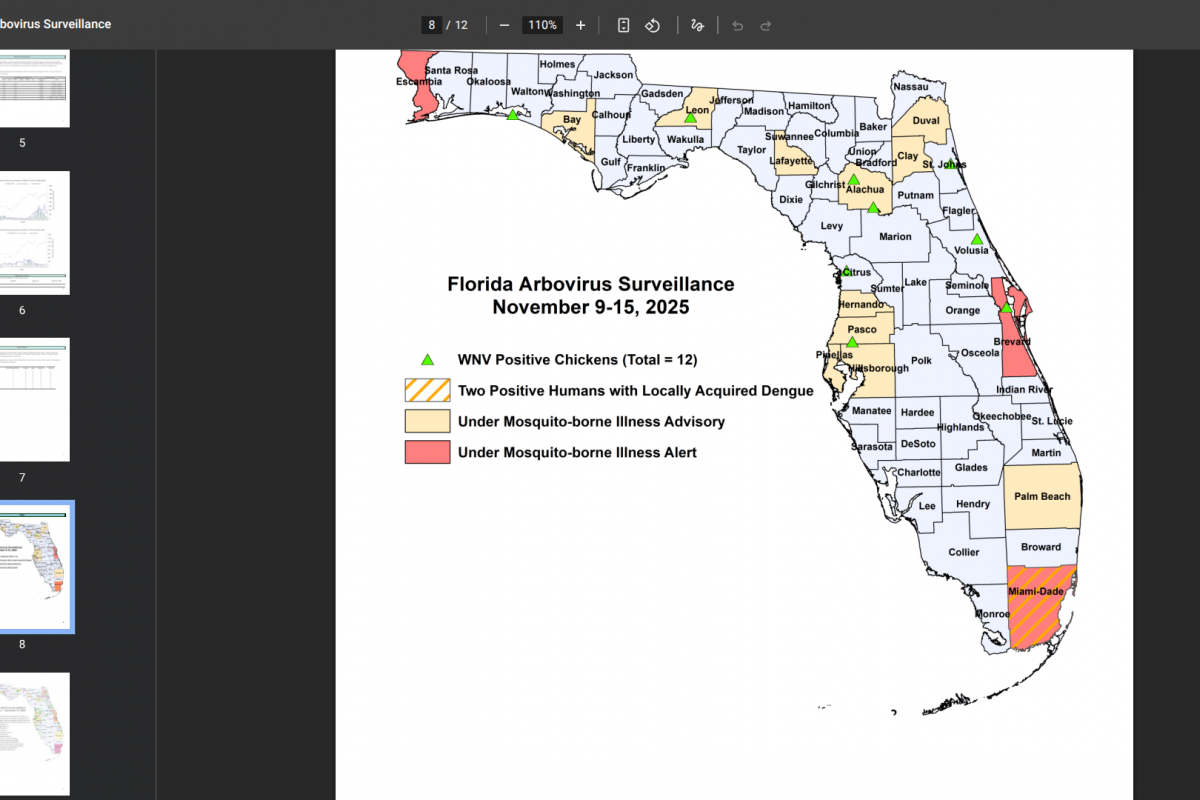EPA, DEP Announce Hanover Foods Agrees To Pay $1.15 Million Penalty For Clean Water Act Violations At Its York County Plant – PA Environment Digest Blog

Report on Hanover Foods Corporation Clean Water Act Settlement and Alignment with Sustainable Development Goals
Introduction: Enforcement Action to Advance Global Sustainability Targets
On November 18, a proposed consent decree was announced involving Hanover Foods Corporation and a coalition of governmental and non-governmental entities, including the U.S. Environmental Protection Agency (EPA), the U.S. Department of Justice (DOJ), and the Pennsylvania Department of Environmental Protection (PADEP). This legal action directly addresses violations of the federal Clean Water Act, reinforcing commitments to several United Nations Sustainable Development Goals (SDGs), particularly those concerning water quality, ecosystem protection, and corporate accountability.
Background of Environmental Violations
The enforcement action stems from persistent non-compliance by Hanover Foods Corporation at its wastewater treatment facility in Hanover, York County. The facility, which processes industrial waste from food production, discharges into Oil Creek, a tributary of the Susquehanna River and the Chesapeake Bay. This case highlights a failure to uphold principles of SDG 12: Responsible Consumption and Production by not managing industrial waste sustainably.
Details of Non-Compliance
- Legal Basis: The action was initiated following a 2021 lawsuit by the Lower Susquehanna RiverKeeper Association and the Environmental Integrity Project, citing numerous violations of the company’s National Pollutant Discharge Elimination System (NPDES) permit.
- Violation Frequency: Since 2016, Hanover Foods has violated its NPDES permit on over 600 occasions.
- Pollutant Discharges: The violations included exceeding permitted limits for pollutants detrimental to aquatic ecosystems, directly undermining SDG 14: Life Below Water. Key pollutants included:
- Suspended solids
- Ammonia nitrogen
- Phosphorus
- Operational Failures: Inspections revealed significant deficiencies in the facility’s operations and maintenance protocols, further contributing to environmental degradation.
Terms of the Proposed Consent Decree
The settlement mandates a series of corrective measures and financial penalties designed to bring Hanover Foods into compliance and mitigate environmental harm, aligning with the objectives of SDG 6: Clean Water and Sanitation.
Key Settlement Components
- Civil Penalty: Hanover Foods is required to pay a $1.15 million civil penalty for past violations.
- Infrastructure Upgrades: The company must invest in significant upgrades to its wastewater treatment system to prevent future violations. These actions support SDG 9: Industry, Innovation, and Infrastructure by promoting resilient and sustainable industrial facilities. Specific upgrades include:
- Installation of a permanent boiler to maintain required temperatures for the treatment process.
- Implementation of a comprehensive spare-parts program to minimize equipment downtime.
- Enhanced Operational Protocols: Hanover Foods must improve its operations and maintenance program by:
- Closely monitoring compliance with its discharge permit.
- Reporting all violations promptly.
- Conducting root-cause analyses for any violations.
- Implementing swift corrective actions.
Alignment with Sustainable Development Goals (SDGs)
This enforcement action serves as a critical mechanism for advancing the 2030 Agenda for Sustainable Development. The settlement’s focus on pollution control, ecosystem restoration, and corporate responsibility directly supports multiple SDGs.
- SDG 6: Clean Water and Sanitation: By mandating upgrades to the wastewater treatment facility and penalizing the discharge of pollutants, the settlement directly contributes to Target 6.3, which aims to improve water quality by reducing pollution and minimizing the release of hazardous chemicals.
- SDG 12: Responsible Consumption and Production: The action holds Hanover Foods accountable for the environmental lifecycle of its products, specifically the management of industrial waste, advancing Target 12.4 on the environmentally sound management of chemicals and wastes.
- SDG 14: Life Below Water: The reduction of nutrient pollution (nitrogen and phosphorus) is essential for protecting the Chesapeake Bay ecosystem from harmful algal blooms and dead zones, thereby supporting Target 14.1 to prevent and significantly reduce marine pollution.
- SDG 17: Partnerships for the Goals: The successful outcome was achieved through a multi-stakeholder partnership involving federal (EPA, DOJ), state (PADEP), and civil society organizations (Lower Susquehanna RiverKeeper Association, Environmental Integrity Project), exemplifying the collaborative approach required by Target 17.16 and 17.17.
Analysis of Sustainable Development Goals in the Article
1. Which SDGs are addressed or connected to the issues highlighted in the article?
The article highlights issues of industrial water pollution, environmental law enforcement, and the impact on ecosystems and human health, which connect to several Sustainable Development Goals (SDGs).
- SDG 6: Clean Water and Sanitation: The core issue is the pollution of waterways (Oil Creek, Susquehanna River, Chesapeake Bay) by a food processing facility, directly relating to the goal of ensuring clean water.
- SDG 14: Life Below Water: The article explicitly states that pollutants like “excessive nutrients and high temperatures can be harmful to aquatic life, including fish, shellfish, and underwater grasses that support aquatic ecosystems,” linking the pollution directly to the health of marine and riverine ecosystems.
- SDG 12: Responsible Consumption and Production: The case involves a company, Hanover Foods, failing to manage its industrial waste responsibly. The settlement forces the company to adopt more sustainable practices in its production process by upgrading its wastewater treatment facility.
- SDG 3: Good Health and Well-being: The article mentions that the company’s failure to treat industrial waste was “jeopardizing human health” and that the enforcement actions are vital for “protecting the health and well-being of the communities that rely on them [local water sources].”
- SDG 16: Peace, Justice and Strong Institutions: The entire article is about the enforcement of environmental law (the Clean Water Act) through the actions of institutions like the U.S. Environmental Protection Agency (EPA), the U.S. Department of Justice, and the Pennsylvania Department of Environmental Protection. The lawsuit and subsequent consent decree demonstrate the functioning of legal and institutional frameworks to hold polluters accountable.
2. What specific targets under those SDGs can be identified based on the article’s content?
Based on the specific problems and solutions described in the article, the following SDG targets are directly relevant:
- Target 6.3: By 2030, improve water quality by reducing pollution, eliminating dumping and minimizing release of hazardous chemicals and materials, halving the proportion of untreated wastewater and substantially increasing recycling and safe reuse globally.
- The article details Hanover Foods’ release of pollutants like “suspended solids, ammonia nitrogen, and phosphorus” into Oil Creek. The settlement’s requirement for the company to “install new equipment and take other measures to prevent violations” is a direct action towards improving water quality by reducing pollution from an industrial source.
- Target 14.1: By 2025, prevent and significantly reduce marine pollution of all kinds, in particular from land-based activities, including marine debris and nutrient pollution.
- The wastewater from Hanover Foods flows into the Susquehanna River and then the Chesapeake Bay. The article identifies the pollutants as “excessive nutrients” (ammonia nitrogen and phosphorus), which is a specific type of pollution this target aims to reduce from land-based sources like the Hanover facility.
- Target 12.4: By 2020, achieve the environmentally sound management of chemicals and all wastes throughout their life cycle… and significantly reduce their release to air, water and soil in order to minimize their adverse impacts on human health and the environment.
- The article focuses on Hanover Foods’ failure to “properly treat industrial wastes at its wastewater treatment facility.” The consent decree mandates that the company “upgrade its wastewater treatment system” and improve its “operations and maintenance program,” which are key components of achieving environmentally sound management of industrial waste.
- Target 3.9: By 2030, substantially reduce the number of deaths and illnesses from hazardous chemicals and air, water and soil pollution and contamination.
- The article notes that the pollution was “jeopardizing human health.” By enforcing the Clean Water Act and forcing the company to stop releasing untreated waste, the actions described directly contribute to reducing the health risks for communities that rely on the affected water sources.
- Target 16.3: Promote the rule of law at the national and international levels and ensure equal access to justice for all.
- The legal action against Hanover Foods, initiated by environmental groups and pursued by government agencies, is a clear example of promoting the rule of law by enforcing the federal Clean Water Act. The settlement holds the company accountable for its violations.
3. Are there any indicators mentioned or implied in the article that can be used to measure progress towards the identified targets?
The article mentions or implies several quantitative and qualitative indicators that can be used to measure progress.
- For Target 6.3:
- Concentration of pollutants in discharged wastewater: The article names specific pollutants for which Hanover Foods exceeded its permit limits: “suspended solids, ammonia nitrogen, and phosphorus.” Monitoring the levels of these pollutants in the facility’s discharge is a direct indicator of water quality improvement.
- Frequency of permit violations: The article states that “since 2016, Hanover Foods violated its NPDES permit on more than 600 occasions.” A reduction in the number of violations to zero would be a clear indicator of progress and compliance.
- For Target 14.1:
- Levels of nutrient pollution: The measurement of “ammonia nitrogen, and phosphorus” levels discharged into the watershed serves as a direct indicator for nutrient pollution, which is a primary threat to the Chesapeake Bay.
- For Target 12.4:
- Implementation of upgraded technology and management programs: The article states Hanover will “install new equipment,” including a “permanent boiler,” and implement “spare-parts programs” and an improved “operations and maintenance program.” The successful installation and implementation of these measures are indicators of achieving sound waste management.
- For Target 16.3:
- Application of legal penalties: The “$1.15 million civil penalty” Hanover Foods is required to pay is a quantifiable indicator of the enforcement of environmental laws and the accountability of the polluting entity.
- For Target 3.9:
- Reduction in pollutant release: While the article does not mention specific health statistics, the monitored reduction in the release of harmful pollutants (nutrients, solids) serves as a proxy indicator for the reduction of health risks associated with contaminated water.
4. Table of SDGs, Targets, and Indicators
| SDGs | Targets | Indicators |
|---|---|---|
| SDG 6: Clean Water and Sanitation | 6.3: Improve water quality by reducing pollution and minimizing the release of hazardous materials. |
|
| SDG 14: Life Below Water | 14.1: Prevent and significantly reduce marine pollution from land-based activities, including nutrient pollution. |
|
| SDG 12: Responsible Consumption and Production | 12.4: Achieve the environmentally sound management of chemicals and all wastes throughout their life cycle. |
|
| SDG 3: Good Health and Well-being | 3.9: Substantially reduce illnesses from water pollution and contamination. |
|
| SDG 16: Peace, Justice and Strong Institutions | 16.3: Promote the rule of law and ensure equal access to justice. |
|
Source: paenvironmentdaily.blogspot.com
What is Your Reaction?
 Like
0
Like
0
 Dislike
0
Dislike
0
 Love
0
Love
0
 Funny
0
Funny
0
 Angry
0
Angry
0
 Sad
0
Sad
0
 Wow
0
Wow
0



